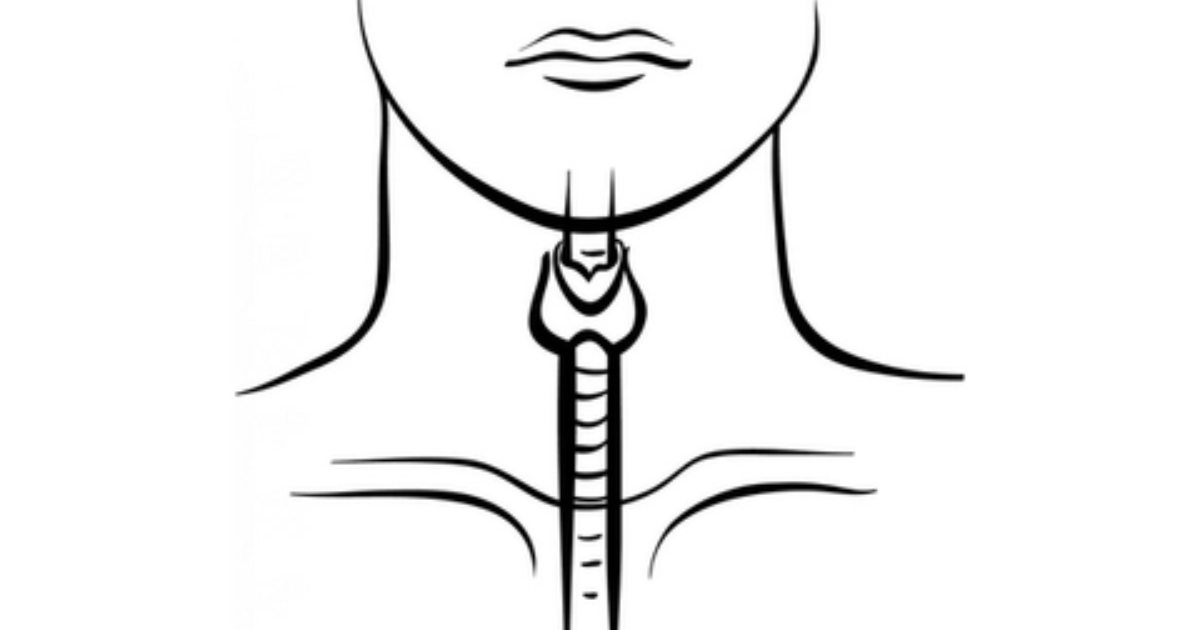3D rendering of thyroid cancer
Certain patients with low-risk differentiated thyroid cancer can avoid postoperative radioiodine ablation following thyroidectomy, according to findings from the phase 3 IoN non-inferiority trial (NCT01398085) published in The Lancet.1
Results from the study showed that outcomes in patients with pT1 or pT2 tumors and N0 or Nx nodal status who did not receive ablation were non-inferior to outcomes in patients receiving ablation. At a median follow-up of about 6.7 years (IQR, 4.8-8.6) across the overall intention-to-treat (ITT) population, there were 8 recurrences in the no ablation group compared with 9 in the ablation group. The 5-year recurrence-free survival (RFS) rate was 97.9% (95% CI, 96.1-99.7) vs 96.3% (95% CI, 93.9-98.7), respectively. The hazard ratio or risk difference was 0.5 (95% CI, –2.2 to 3.2;), meeting the study’s target non-inferiority margin of 5 percentage points, and the P value for non-inferiority of .033 was statistically significant.
Patients with pT3/pT3a tumors experienced recurrence more frequently (9%) compared with patients with pT1/pT2 tumors (3%), and patients with N1a nodal status (13%) had recurrence more often than patients with N0 or Nx status (2%).
Regarding safety, adverse events occurred at comparable rates between groups. The most frequently reported were fatigue (25% in no ablation arm vs 28% in ablation arm), lethargy (14% in both), and dry mouth (10% vs 9%). No treatment-related deaths were reported.
Study Background and Design
Providing the rationale for their study, Ujjal Mallick, MBBS MS FRCR, department of Oncology, Freeman Hospital, Newcastle, UK, and coauthors wrote, “Patients with differentiated thyroid cancer can often be treated with postoperative radioiodine (radioiodine ablation) after total thyroidectomy. The IoN trial was designed to assess whether RFS was non-inferior after no ablation compared with ablation in patients with low-risk differentiated thyroid cancer.”
The multi-center phase 3 IoN non-inferiority trial enrolled patients who had undergone complete (R0) resection via total thyroidectomy and had stage pT1, pT2, or pT3 disease, with nodal status of N0, Nx, or N1a. Patients were randomized in a 1:1 ratio to receive either 1.1 GBq of radioiodine ablation or no ablation following surgery.
Patient Characteristics
The ITT population included 504 patients enrolled at 33 cancer centers in the UK between June 26, 2012, and March 18, 2020. Overall, 251 were randomized to not receive ablation and 253 patients were randomized to receive ablation.
Baseline characteristics were well balanced between the 2 treatment arms. The median age was about 48 years and about 78% of patients were female. The median time from surgery to randomization was about 2.2 months.
Histologically, papillary carcinoma was the most common subtype in both groups (76% vs 81% in the no ablation vs ablation groups, respectively), followed by follicular (21% vs 15%) and oncocytic carcinoma (3% vs 4%). Multifocal tumors were present in 35% of patients without ablation and 38% with ablation. Staging was nearly identical across groups: pT1 (47%), pT2 (44%), and pT3/pT3a (9%). Nodal status was also similar: 68% were N0, 23% Nx, and 9% N1a in both groups.
Regarding surgical approach, most patients underwent two-stage thyroidectomy (59% vs 56%), followed by one-stage (40% vs 42%), with a few unknown cases. Central compartment neck dissection was performed in 16% of the no-ablation group and 20% of the ablation group.
Key Takeaway
“Long-term follow-up of the IoN trial shows that ablation is unnecessary in patients with differentiated thyroid cancer, specifically those with pT1 or T2 tumors that are N0 or Nx, as patients who did not receive ablation did not have inferior 5-year recurrence-free rates compared with those who did have ablation,” Mallick et al wrote in their concluding remarks.
